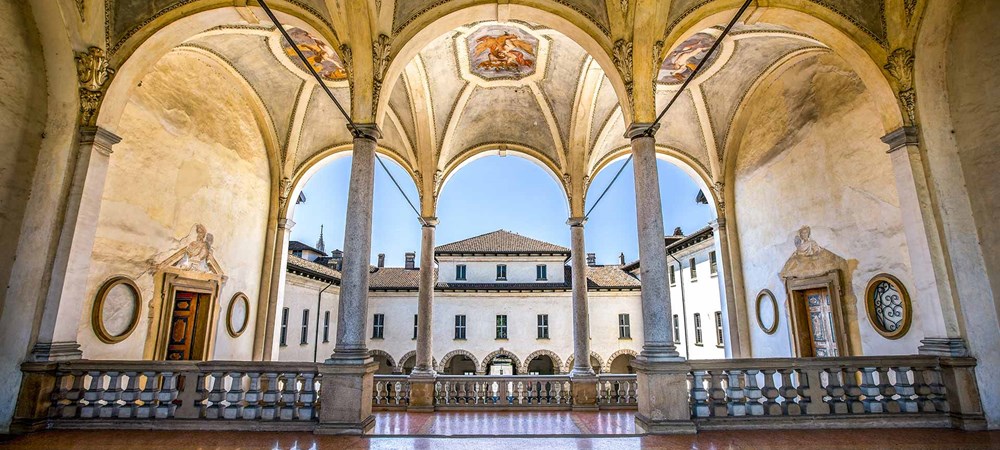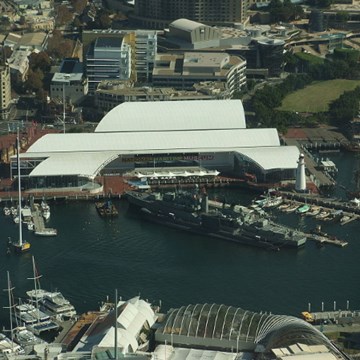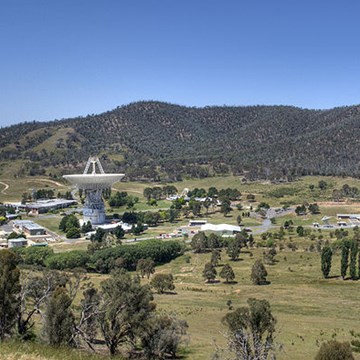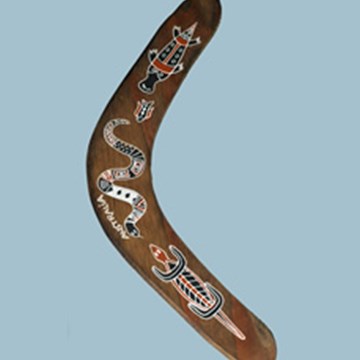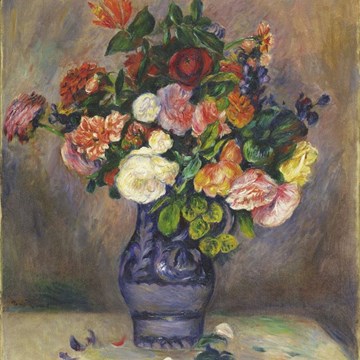Palazzo Arese Borromeo
A building of 17th century delight, Arese Borromeo Palace in Cesano Maderno is one of the main Lombard noble residences inserted in the urban frame work through a complex sequence of internal facilities, preceded by a scenic exedra-shaped square, and a vast appurtenance park, both at the centre of a system arranged along a straight 1500 metre axis.
The building of this Briantea villa traces back to mid-17th century, when Bartolomeo III Arese wanted to create a grandiose holiday villa to affirm the power and prestige achieved by his family.
Among the most probable personages who inspired the project are Gerolamo Quadrio and Francesco Castelli, who probably worked with Gian Carlo Buzzi and the engineer-architect and colleague, Giovanni Ambrogio Pessina, a personage already employed in the Milanese court of Bartolomeo III.
With the increased political and economic role of the family, which became Borromeo Arese, the initial home was extended through a succession of architectonic and artistic interventions, that however complied with the initial Arese project. New baroque and rococo decorations were added to those of clearly 17th century tastes. Within the halls, in fact, the Cesano villa presents a series of paintings of rare beauty and exceptional splendour laying out, through the decorations of the various rooms, an intricate didactic-figurative art series based on the depiction of mythological-symbolic and religious-allegorical scenes. Among the works of great baroque painting masters, are the noteworthy scenes frescoed by Giovanni Ghisolfi, who, together with his workshop, authored a series of architectonic frames of imposing naturalistic backgrounds, and remarkable scenes of ruins and intricate woodlands. Numerous renowned artists worked on the decorations of the villa, such as Giovanni Stefano Doneda so-called Montalto, who worked also on the halls on the lower floor and in the Hall of Roman Glory together with Ercole Procaccini the younger and Ghisolfi.
Giuseppe Nuvolone, Giovanni Stefano Doneda and his brother Giuseppe frescoed the medallions of the ceiling of the 17th century Nymphaeum, which presents a series of rooms adorned by rich mosaics of river pebbles, that originally hosted a collection of ancient and modern sculptures. In the 18th century,
with the Austrian occupation, the villa was temporarily used as army barracks and suffered some destruction and mishandlings. When it returned to the Borromeo family in 1859, after an attempt to recover its original state by Count Guidi, the villa was considered as a secondary home and the architectonic structure underwent a new period of a slow decline that ended in 1987 when the building was bought by the Municipality of Cesano Maderno. Since then, the public administration, supported by bank foundations and provincial, regional institutions, started out a campaign for the restoration and valorization of the estate, and recently started the recovery of Stables, inserted in the vast program of activities of the “Cultural Development District of the Province of Monza-Brianza".
Exhibitions and events
We don't have anything to show you here.
Educational programs
We don't have anything to show you here.
Collections
We don't have anything to show you here.



